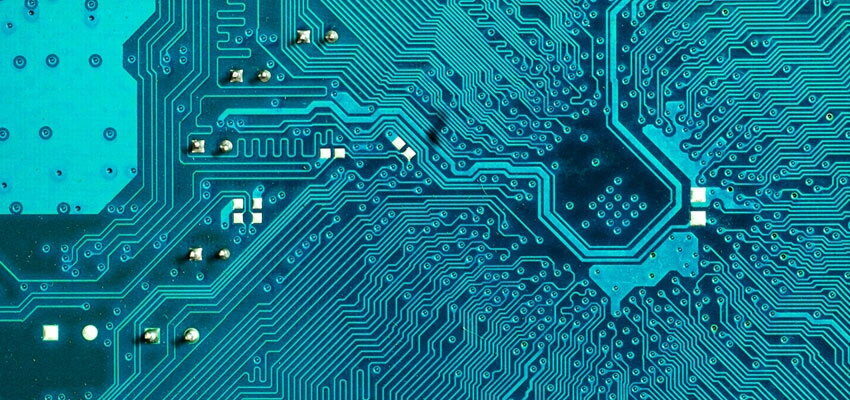Power grid drill exposes US grid vulnerabilities
The US power grid drill - GridX II, held on the 13th and 14th November apparently revealed that the US electrical grid is extremely vulnerable. If a man-made natural disaster occurred, almost all of the United States could be left without power.

1d36d23b156ead252433d4ce2c21c387
The US power grid drill – GridX II, held on the 13th and 14th November apparently revealed that the US electrical grid is extremely vulnerable. If a man-made natural disaster occurred, almost all of the United States could be left without power.
During the drill, a simulated scenario revolved around tens of millions of Americans without power supply after hundreds of transmission lines and transformers were damaged or destroyed. The GridX II focused upon a computer virus injected into the electrical system. Transformers were also bombed during the simulation. A total of 150 people “died” during the simulation.
The grid could be attacked in numerous other ways, such as a terrorist using something as simple as a USB drive to upload a virus into power plant computers or a physical attack involving a bomb or other explosive device to destroy vulnerable essential equipment, often located far away from cities.
The famous 2003 Northeast Blackout started with a tree limb falling in Ohio and, after a a chain reaction, ended up with 50 million people losing power, including those in New York City and parts of Canada. This demonstrated how people are deeply dependent upon the grid which is the most vulnerable piece of infrastructure in the US.
The American Society of Civil Engineers evaluated the grid earlier this year and gave it a grade of D+ for security and other vulnerabilities. The D+ grade meant that the grid was in “poor to fair condition and mostly below standard, with many elements approaching the end of their service life.”
About 800 power plants and 450,000 miles of high-voltage transmission lines in the US are mostly connected to one another and have a strong risk of failure. “America relies on an aging electrical grid and pipeline distribution systems, some of which originated in the 1880s,” the report read.
Source: The Inquisitr
#GridXII simualtion#US grid cyberattack#US grid dated#US grid failure risk#US grid man made disaster#US grid poor condition#US grid simulation transformers#US grid simulation transmission lines#US grid vulnerable after simulation




